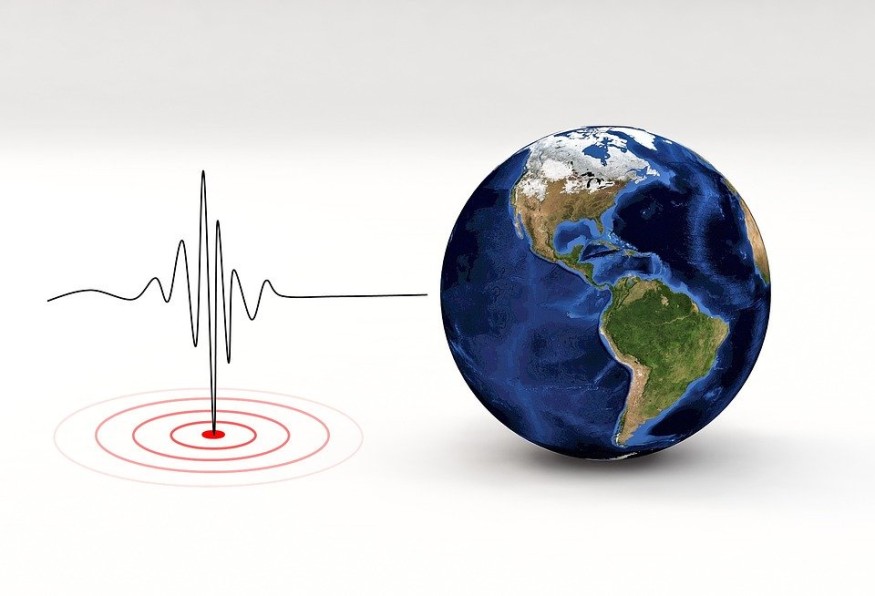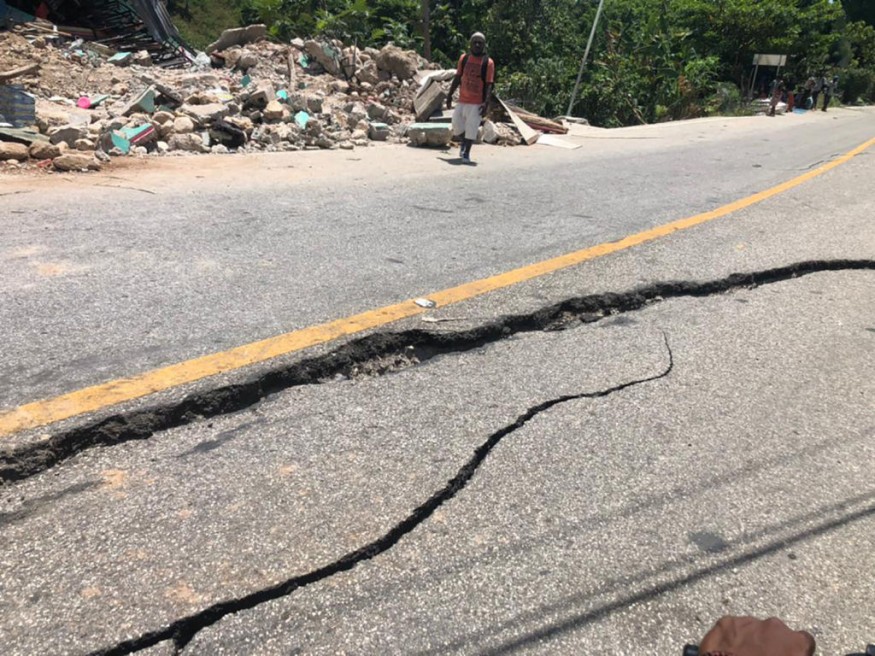The world's greatest and most devastating earthquakes occur in subduction zones when a slab of the oceanic plate is forced beneath another tectonic plate and down into the mantle. Understanding and planning for big earthquakes require reconstructing subducted slabs' shape and stress conditions at subduction zones. However, because of the immense depths of these slabs, seismologists rely on the few windows into these deeply buried slabs offered by the few but powerful earthquakes that occur within them, known as intraslab earthquakes.

Seismic Research
A research team led by the University of Tsukuba used seismic data generated by a magnitude 7.3 earthquake that struck off the northeasternmost tip of New Zealand's North Island on March 4, 2021. Seismometers detected it all over the world to investigate the subducted slab's, particularly unusual geometry and stress states deep below the surface in a new study published in Geophysical Research Letters.
Related Article : What Exactly Causes Mysterious Deep Earthquakes?
Investigating Intraslab Earthquakes

Researchers investigated a deep intraslab earthquake that struck off the northeastern corner of New Zealand's North Island on March 4, 2021, using a unique finite-fault inversion approach and seismometer data worldwide. This imaging revealed complex rupture geometry, including shallow faulting with trench-perpendicular extension and unusual deep faulting with trench-parallel compression, which could have been caused by seamount subduction and/or the transition between the Kermedec Trench and Hikurangi Margin, which has different thicknesses of subducting oceanic crust.
"The 2021 East Cape earthquake had a complicated rupture mechanism, possibly due to its placement at the boundary between the Kermadec Trench to the north and the Hikurangi Margin to the south," says Assistant Professor Ryo Okuwaki, the study's primary author. "We employed a unique finite-fault inversion approach that requires no prior knowledge of the area's faults to analyze the geometry of the stress field and earthquake rupture process."
Multiple Rupture Events

Multiple rupture events were discovered during this examination, which was caused by compression and extension in the subsurface at various depths. Shallow (30 km) rupture owing to extend perpendicular to the trench, as anticipated in a subduction zone, was one of these incidents. Surprisingly, the deep (70 km) breakup occurred parallel to the subduction trench, which was unexpected.
Professor Yuji Yagi, a senior author, adds, "Two alternative or interrelated reasons may explain the distinctive rupture geometry of the 2021 East Cape earthquake." "First, subduction of a seamount or multiple seamounts with the subducted slab could contort the slab and cause local changes in the stress field; second, the transition from the Kermadec Trench to the Hikurangi Margin, where the subducted oceanic crust is much thicker, could cause the unusual faulting pattern."
Because deep intraslab earthquakes are uncommon in this location, differentiate between these two options. Both variables might play a part in the complicated stress pattern shown by the East Cape earthquake. Additional earthquakes off New Zealand's northeast coast may provide more insight into this profound tectonic puzzle in the future.
For more news about natural calamities, don't forget to follow Nature World News!
© 2026 NatureWorldNews.com All rights reserved. Do not reproduce without permission.





